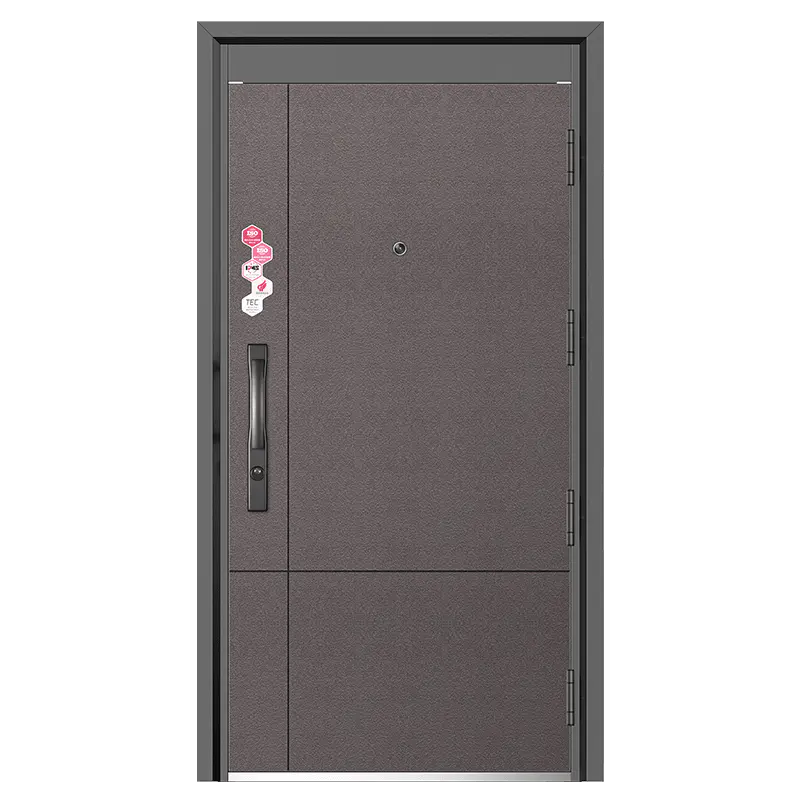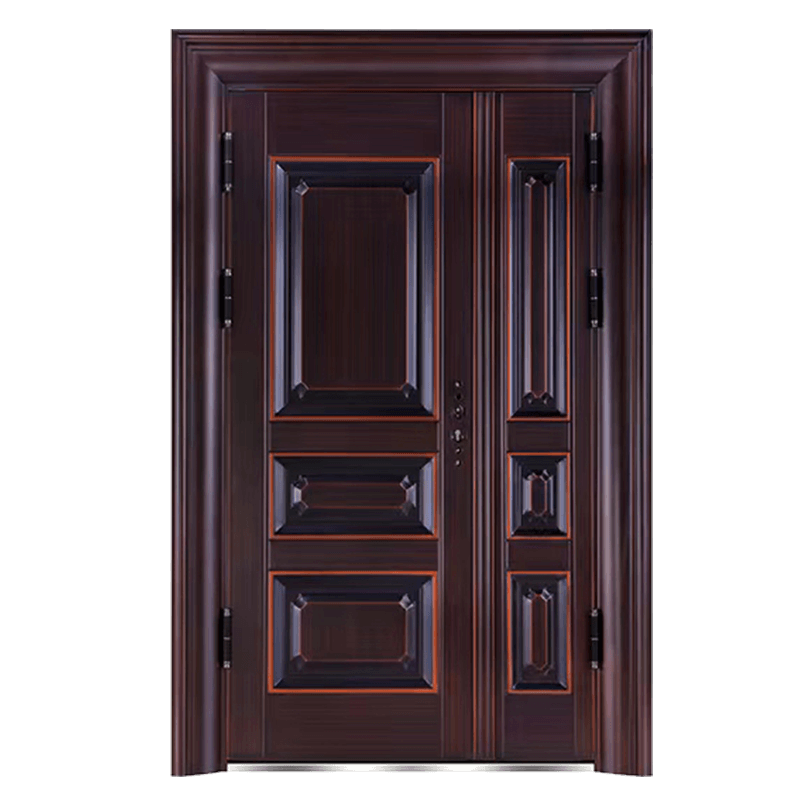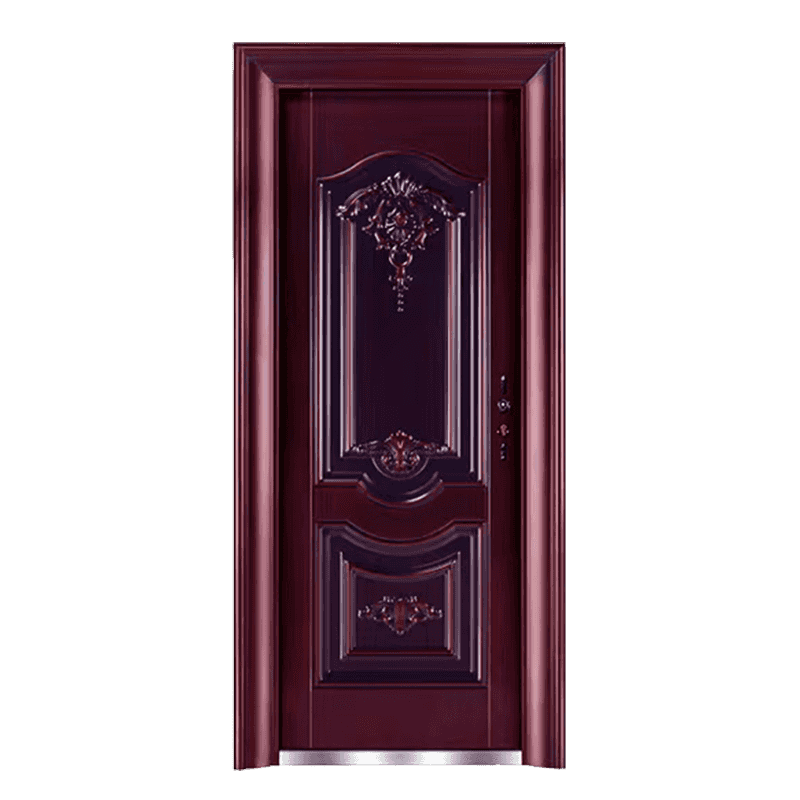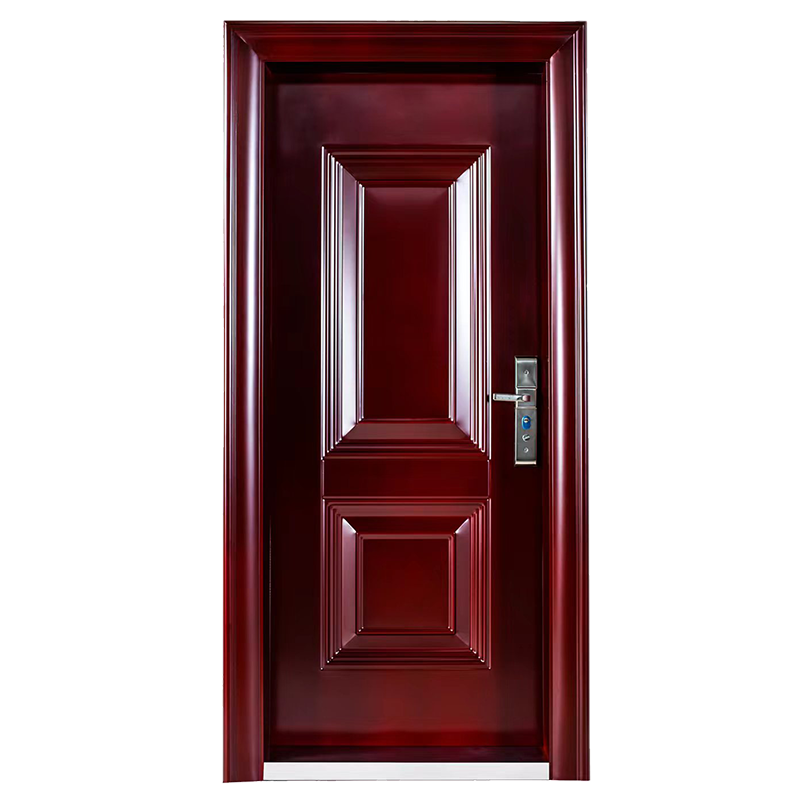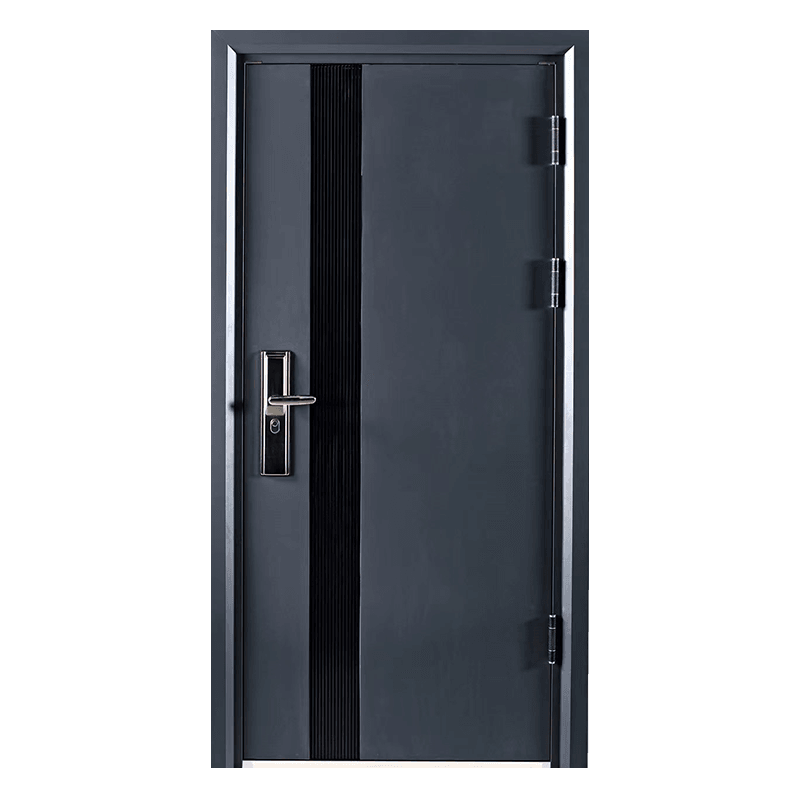Moisture and Rust Resistance of Kitchen And Bathroom Steel Door
Oct 24, 2025
Importance of Moisture and Rust Resistance
Kitchen and bathroom environments are characterized by high humidity, frequent water exposure, and temperature fluctuations. Steel doors used in these areas must withstand these conditions without corroding or losing structural integrity. A Kitchen And Bathroom Steel Door’s performance in such environments is critical for long-term durability, safety, and aesthetic maintenance. Failure to resist moisture or rust can result in weakened structures, malfunctioning hardware, and unsightly surface deterioration.
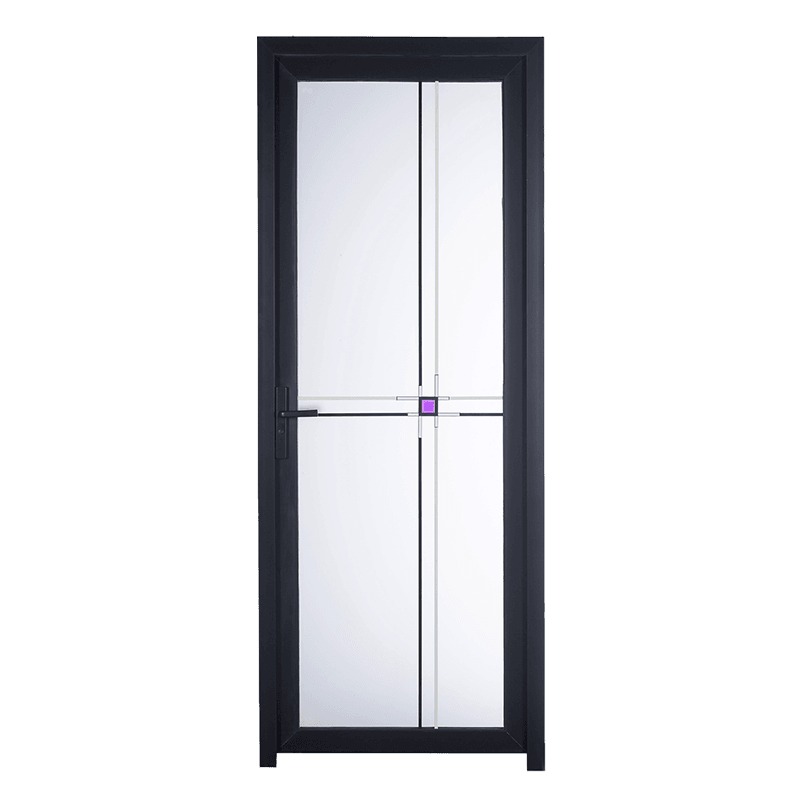
Material Selection for Corrosion Resistance
Galvanized Steel: Coating steel with a layer of zinc protects it from oxidation and rust formation, especially in high-humidity environments.
Stainless Steel: Stainless steel doors offer good corrosion resistance due to chromium content, which forms a protective oxide layer on the surface.
Powder-Coated Steel: High-quality powder coatings create a barrier against moisture, preventing direct contact between steel and humid air.
Composite Layers: Combining steel with moisture-resistant laminates or veneers improves both corrosion resistance and visual appeal.
Surface Treatments and Protective Coatings
Anti-Rust Primers: Applying primers before painting or coating enhances adhesion and provides an additional corrosion barrier.
Paint and Lacquer Finishes: Multiple layers of high-quality paint or lacquer protect the steel surface from water penetration and chemical reactions.
Electroplating: Nickel or chrome plating can enhance resistance to surface rust and prolong door lifespan in wet areas.
UV-Cured Coatings: These coatings form a hard, smooth surface resistant to moisture, scratches, and minor abrasions.
Design Considerations for High Humidity Areas
Sealed Edges and Joints: Proper sealing of door edges and panel joints prevents water infiltration, which is a major cause of rust.
Raised Thresholds and Drip Channels: Designs that allow water to flow away from the door surface reduce prolonged exposure to moisture.
Ventilation Options: Incorporating discreet vents can prevent condensation buildup, reducing internal moisture accumulation that accelerates corrosion.
Hardware Selection: Stainless steel or coated hinges, handles, and locks resist rust even when frequently exposed to humidity.
Installation Practices to Enhance Durability
Level and Secure Mounting: Ensures that water does not pool at the bottom of the door or around joints, preventing localized corrosion.
Proper Sealing: Use of waterproof gaskets and caulking around frames and panels enhances protection against water ingress.
Avoid Direct Contact with Water Sources: Position doors to minimize direct splashes from sinks, showers, or condensation-heavy areas.
Routine Inspection Post-Installation: Early detection of paint chips, coating damage, or minor rust spots allows timely maintenance.
Maintenance and Longevity Strategies
Regular Cleaning: Wiping surfaces with mild detergents removes minerals and residues that accelerate corrosion.
Protective Re-Coating: Periodic touch-ups of paint or lacquer prevent exposure of bare metal to humid conditions.
Lubrication of Hardware: Keeping hinges, locks, and sliding mechanisms lubricated reduces wear and corrosion of moving parts.
Environmental Control: Using exhaust fans or dehumidifiers can reduce ambient humidity, further extending door life.
Testing and Performance Evaluation
Salt Spray Tests: Simulate corrosive environments to evaluate the door’s resistance to rust formation.
Humidity Chambers: Test the door under prolonged high-humidity conditions to assess protective coating performance.
Field Monitoring: Collect real-world data on wear, rust spots, and moisture damage to inform material and coating improvements.
Ensuring Long-Term Moisture and Rust Protection
The moisture and rust resistance of a Kitchen And Bathroom Steel Door depends on careful material selection, advanced surface treatments, thoughtful design, proper installation, and consistent maintenance. Galvanized or stainless steel, combined with protective coatings and sealed joints, ensures the door can withstand high-humidity environments. Attention to design details, hardware selection, and routine inspections enhances performance and extends service life. By implementing these strategies, manufacturers and homeowners can ensure that steel doors maintain both functionality and appearance in kitchens and bathrooms over the long term.

 English
English 中文简体
中文简体 Français
Français Español
Español عربى
عربى